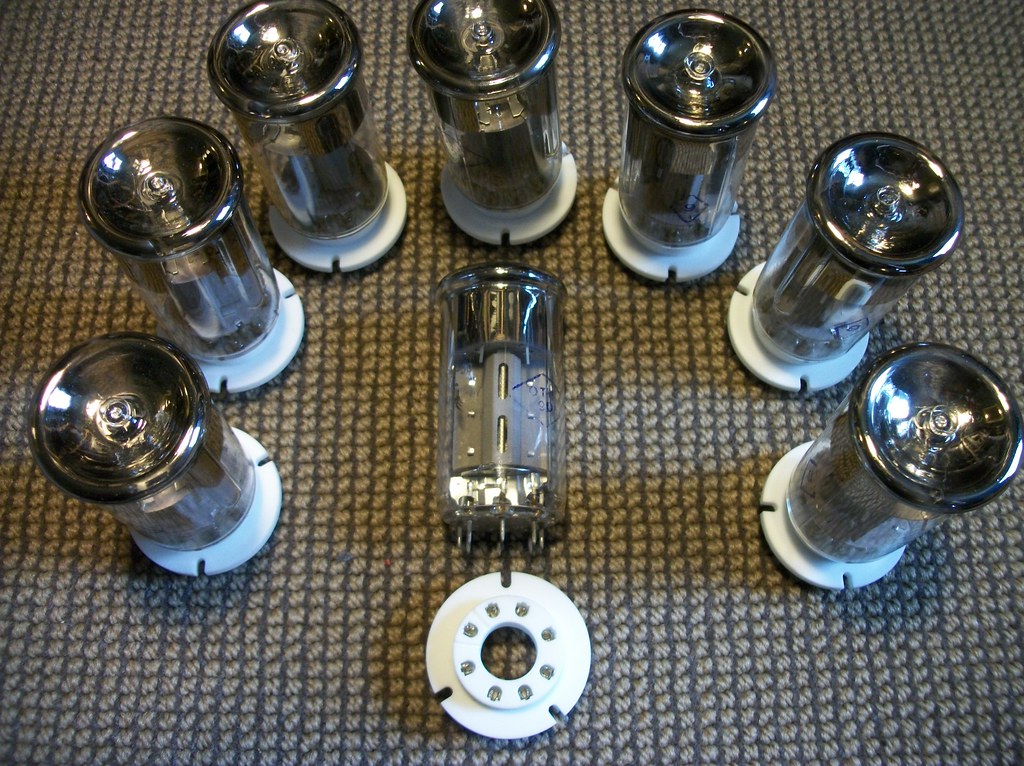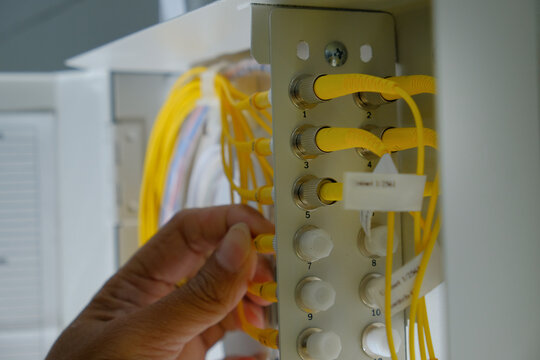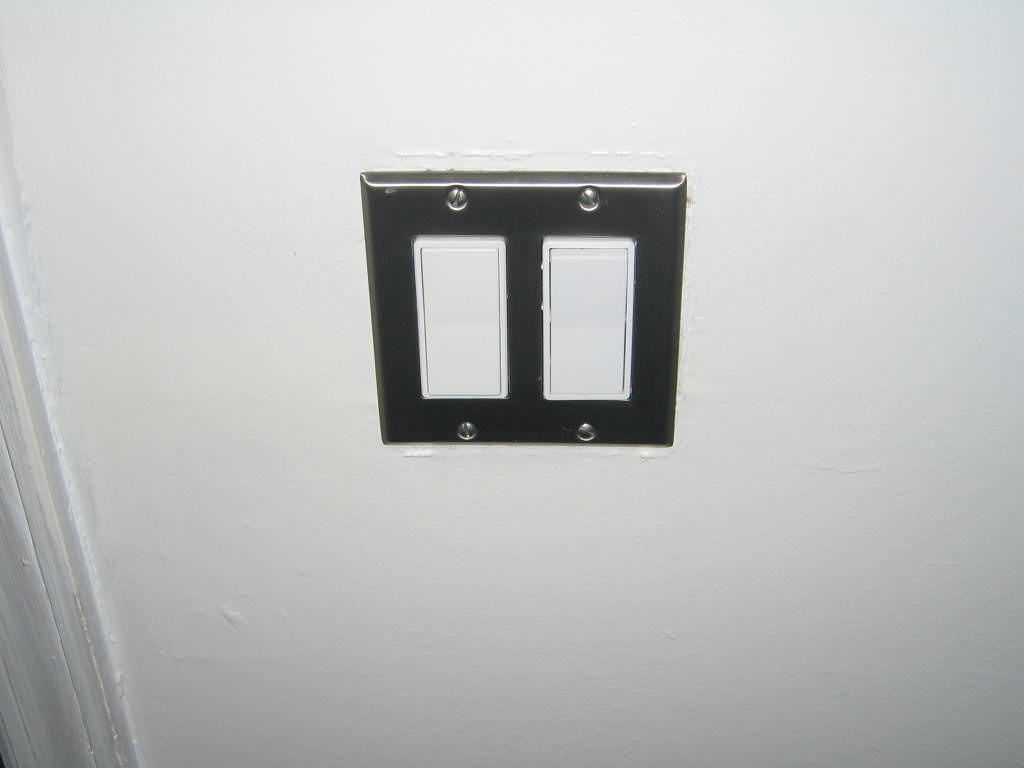Are you tired of fumbling for your lamp’s switch in the dark? Do you wish there was a more convenient way to control your lighting? Look no further than in line switches. These nifty hardware devices allow you to effortlessly turn your lamp on and off without ever having to reach for the switch again. Say goodbye to awkwardly contorting yourself to reach that tiny button, and say hello to seamless, effortless control of your lighting. In this blog post, we’ll dive into the world of in line switches and explore how they can revolutionize the way you interact with your lamps. Get ready to streamline your lighting experience like never before.

Understanding In Line Switches for Lamps: A Beginner’s Guide
In line switches for lamps are a convenient and easy way to control the lighting in your home. These switches are typically located on the cord of your lamp, allowing you to turn your lamp on and off without having to reach for the switch on the socket.
If you’re new to using in line switches, it’s important to understand how they work. These switches are simple devices that interrupt the flow of electricity when they’re turned off, preventing power from reaching the bulb. When you turn the switch back on, electricity flows freely again and your lamp illuminates.
One of the main benefits of using in line switches for lamps is convenience. With these switches, you can easily turn your lamp on and off without having to get up from your seat or fumble around for a switch in the dark. Additionally, in line switches can help extend the life of your light bulb by reducing wear and tear caused by constantly turning it on and off at the socket.
Overall, in line switches are a great addition to any lamp and can make controlling your lighting effortless.

Benefits of Using In Line Switches for Your Lamp
In line switches for lamps offer a range of benefits that make them a popular choice for many homeowners. One of the main advantages is convenience. With an in line switch, you can easily turn your lamp on and off without having to reach for the plug or fumble around in the dark. This is especially useful if your lamp is in a hard-to-reach spot or if you have mobility issues. Another benefit is safety. In line switches allow you to control your lamp without having to touch the bulb or socket, reducing the risk of electric shock or burns. Additionally, in line switches come in a variety of styles and designs, making it easy to find one that matches your decor and personal taste.

How to Install In Line Switches for Lamps: A Step-by-Step Guide
Installing in line switches for lamps is a simple process that can be done by anyone with basic electrical knowledge. Before starting, make sure to turn off the power supply to the lamp. First, cut the cord of the lamp to expose the wires. Next, strip off about half an inch of insulation from each wire. Connect one wire to each of the switch terminals and tighten them with a screwdriver. Finally, reattach the plug and turn on the power supply to test if the switch is working properly. It’s important to note that in line switches for lamps come in different sizes and styles, so make sure to choose one that fits your lamp’s cord and matches your aesthetic preferences.

Top 5 In Line Switches for Lamps on the Market Today
Top 5 In Line Switches for Lamps on the Market Today
Looking for in line switches for lamps but not sure which one to choose? Here are our top 5 picks based on user ratings and reviews:
- Leviton Feed-Through Lamp Cord Switch: This easy-to-use switch is designed to fit seamlessly into any lamp cord, allowing you to control your lighting with ease.
- Westinghouse Lighting Corp Brass Plated Pull Chain Socket: If you’re looking for a classic look, this brass plated pull chain socket is an excellent choice. It’s durable and easy to install.
- GE Polarized Handy Plug with Switch: This compact switch plugs directly into any outlet and features a handy switch that allows you to turn your lamp on or off without ever leaving your seat.
- Woods Indoor Extension Cord With Lighted Foot Switch: Ideal for those who want more flexibility in placement, this extension cord comes with an attached footswitch that makes it easy to operate.
- Creative Hobbies Phenolic 3 Way Turn Knob Lamp Socket : Looking for something affordable yet reliable? Then don’t miss out on this in line switch option made from high-quality phenolic materials.
No matter what type of lamp you have or where it’s located, these in line switches will make controlling your lighting effortless!
Troubleshooting Common Issues with In Line Switches for Lamps
Identifying Common Issues with In Line Switches
In line switches for lamps are generally reliable, but there are a few common issues that can arise. One issue is when the switch becomes loose and doesn’t make proper contact, causing the lamp to flicker or not turn on at all. Another issue is when the switch gets stuck in the on or off position, making it difficult to control the lamp. These issues can often be resolved by tightening or replacing the switch, or by checking the wiring connections. If you’re experiencing these issues, it’s important to address them promptly to ensure your lamp is functioning properly and safely.
How to Fix Loose or Damaged Wiring Connections
Loose or damaged wiring connections can cause your in line switch to malfunction. If you suspect that the wiring connection is loose or damaged, immediately unplug your lamp and examine the wires. One of the most common causes of a faulty wired in line switch is a broken wire inside the insulation that connects the plug with the socket. To fix this issue, strip off 1 inch of plastic from both ends of your lamp cord wire and twist them onto their respective terminals firmly yet gently using a pair of pliers. Ensure there are no frayed edges sticking out as it could lead to short-circuiting or electrocution hazards later on when used again.
Replacing Faulty In Line Switches: A Step-by-Step Guide
To replace a faulty in line switch for your lamp, first, unplug the lamp from the power source. Then, locate the in line switch and remove any covering or casing around it. Use a screwdriver to loosen the screws holding the wires in place and carefully remove them. Take note of which wire goes where to avoid confusion later on. Next, insert the wires into the new in line switch and tighten the screws to secure them in place. Finally, replace any covering or casing that was removed earlier and plug the lamp back into the power source. Test the new switch to ensure it is working properly.
Upgrading Your Lamp’s In Line Switch for Improved Control and Functionality
If you’re experiencing issues with your current in line switch for lamps, upgrading to a newer model can improve both control and functionality. Look for switches with features such as dimming capabilities or remote control options. Make sure to choose a switch that is compatible with your lamp’s wattage and bulb type. When installing the new switch, double-check all connections and wiring to ensure proper function. Upgrading your in line switch can not only solve any current issues but also provide added convenience and customization options for your lighting needs.

In Line Switches vs Other Types of Lamp Switches: Which is Better?
When it comes to controlling your lamp, there are several types of switches available in the market. However, in line switches stand out for their convenience and ease of use. Unlike other types of switches, in line switches are located on the cord of the lamp, making them easily accessible and convenient to use. They also come in a variety of styles and designs to suit different lamp types and decor styles.
Other types of lamp switches include pull chain switches, rotary switches, and touch dimmer switches. While these switches have their own advantages, they may not be as user-friendly as in line switches. Pull chain switches can be difficult to reach and operate, while rotary switches may require more effort to turn on or off.
In terms of durability, in line switches are also a great option as they are less prone to wear and tear compared to other types of switches. Overall, if you’re looking for a convenient and easy-to-use switch for your lamp, an in line switch is definitely worth considering.

The Future of Lighting Hardware: What to Expect from In Line Switches
In line switches have been around for many years, but recent technological advancements have brought a new level of convenience to the humble switch. With more manufacturers investing in smart technology, it’s clear that in line switches for lamps are here to stay.
One exciting development is the integration of voice-activated control systems such as Amazon Alexa and Google Assistant. This means you can control your lamp without even lifting a finger. Simply say “turn on/off my lamp” and watch as the power of speech does its magic.
Another interesting trend is the rise of mobile app-controlled in line switches. These let you turn your lamp on or off remotely via your smartphone or tablet which makes life easier if you’re away from home or when bedtime comes calling.
Finally, eco-conscious consumers will be pleased to know that many brands now offer energy-efficient LED bulbs with their in line switches, helping them reduce their carbon footprint while enjoying all the benefits of modern lighting hardware.
In conclusion, in line switches for lamps are a great solution for those looking to effortlessly control their lighting. With benefits like convenience and ease of use, it’s no wonder they’re becoming more popular in the market today. By following our step-by-step guide on how to install them, you can have your lamp up and running with an in line switch in no time. And if any issues arise, our troubleshooting section is here to help! In line switches may just be the future of lighting hardware as we continue to seek out ways to simplify our lives. So why not give them a try and experience the convenience for yourself?
